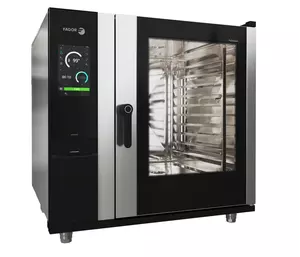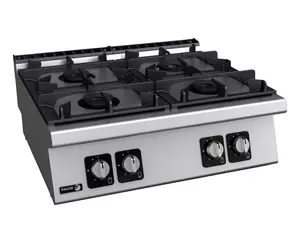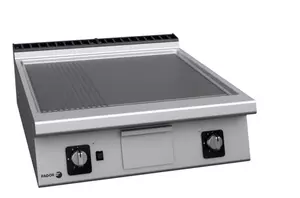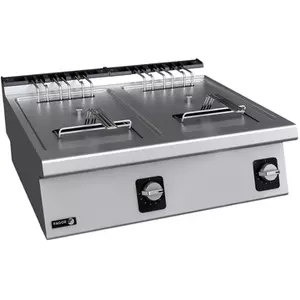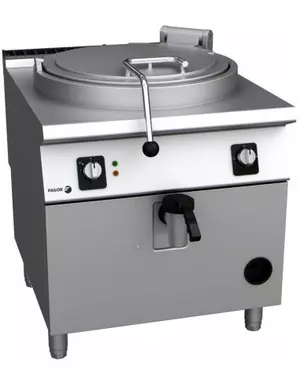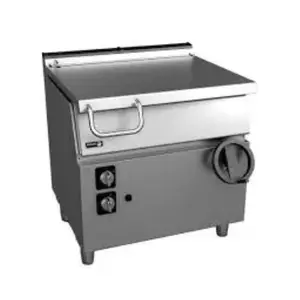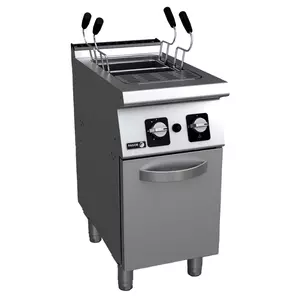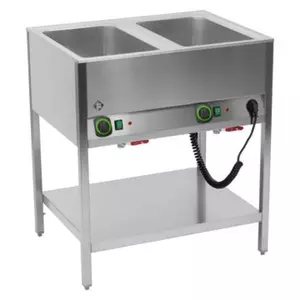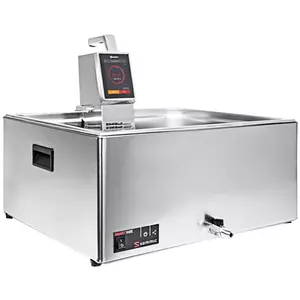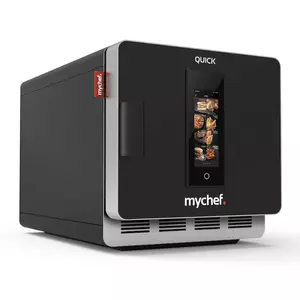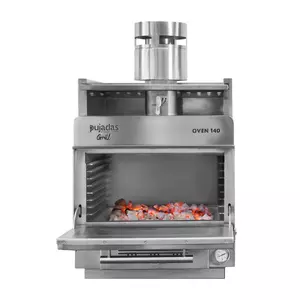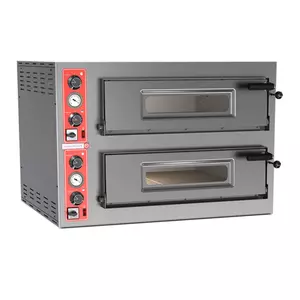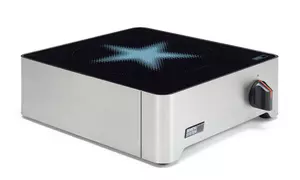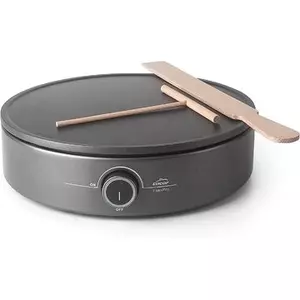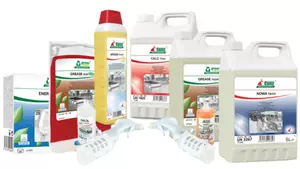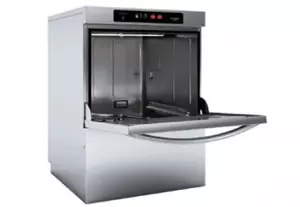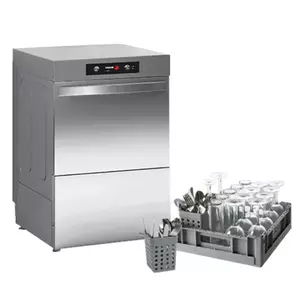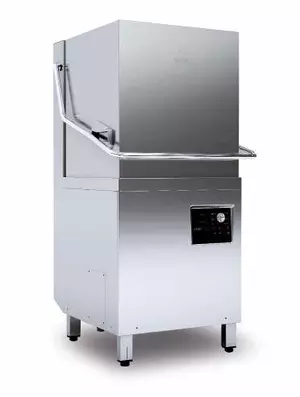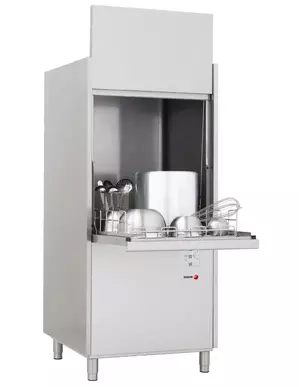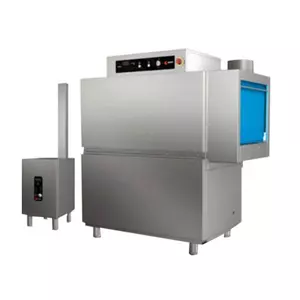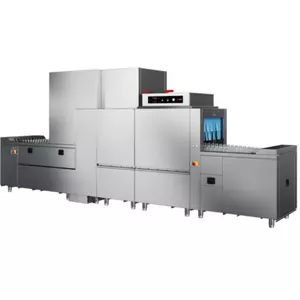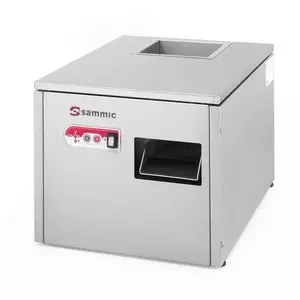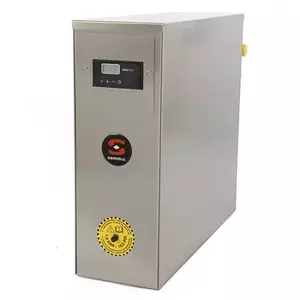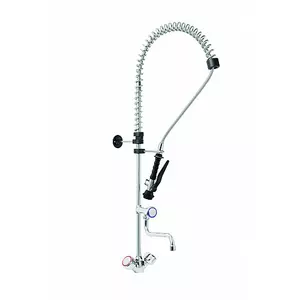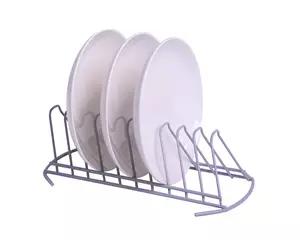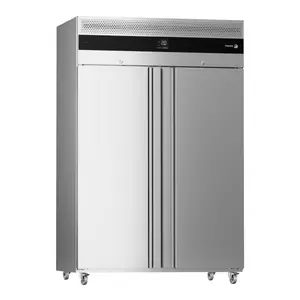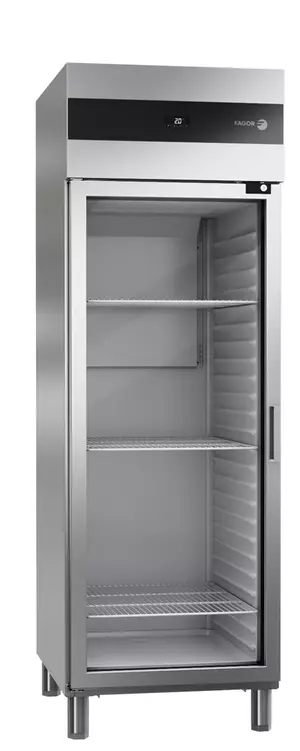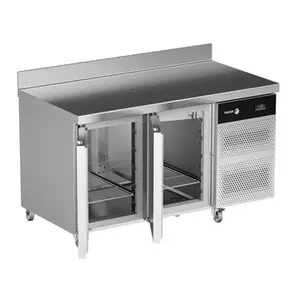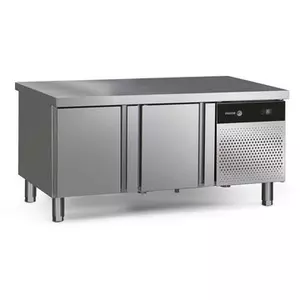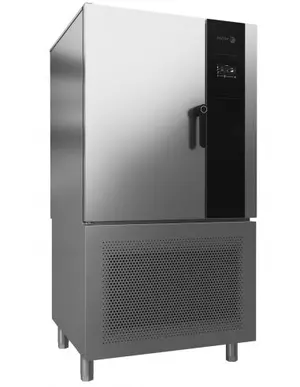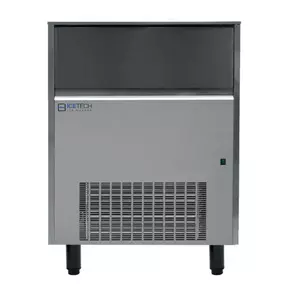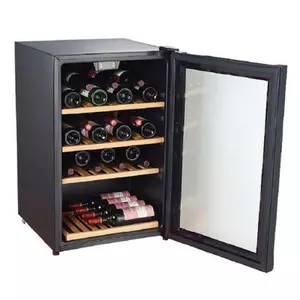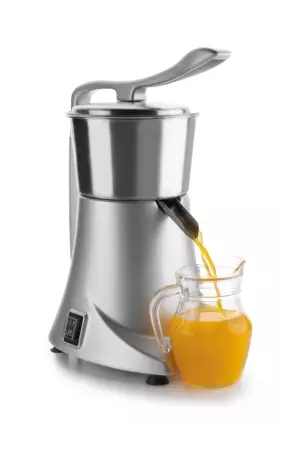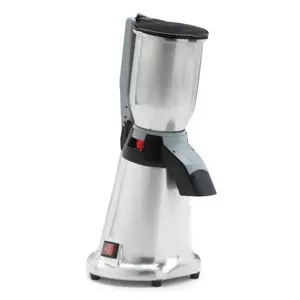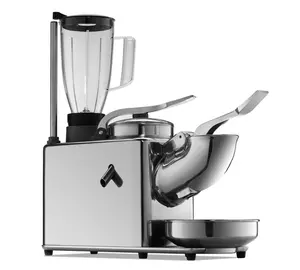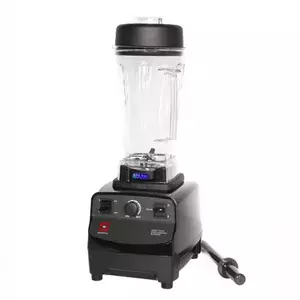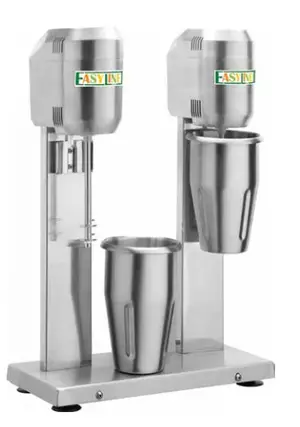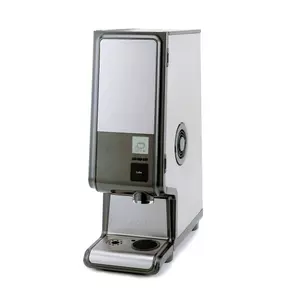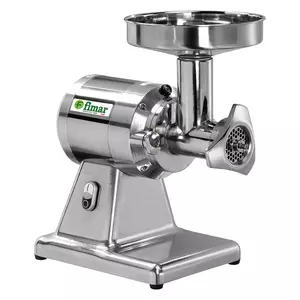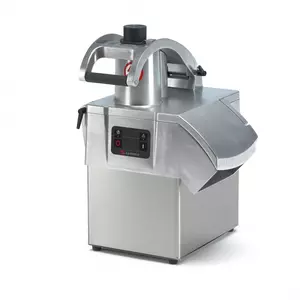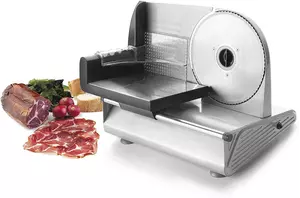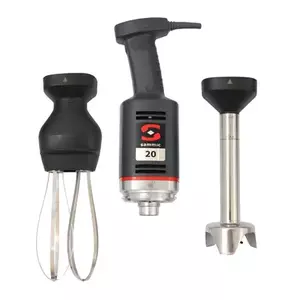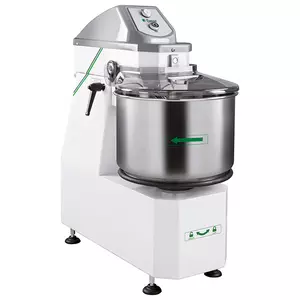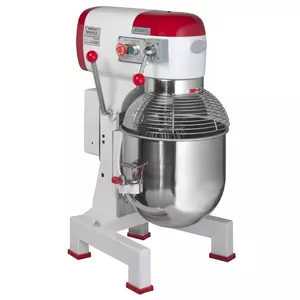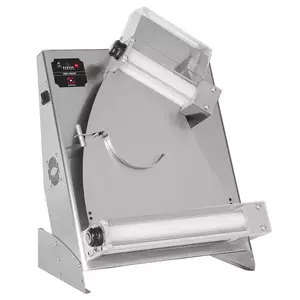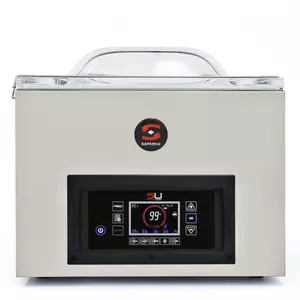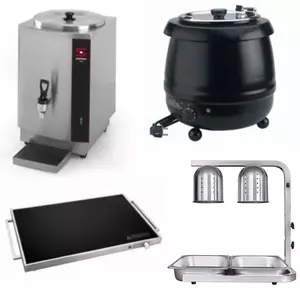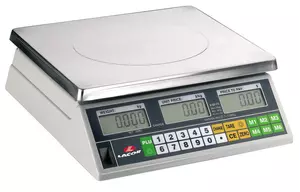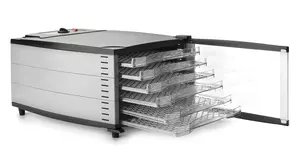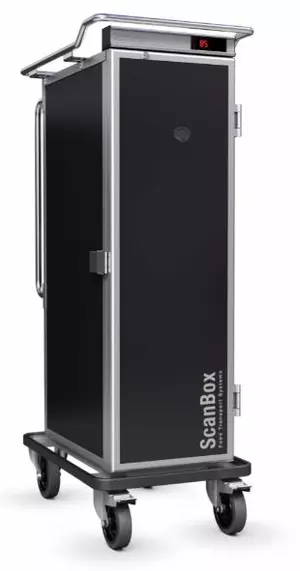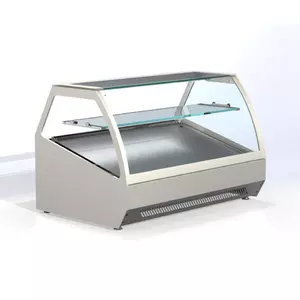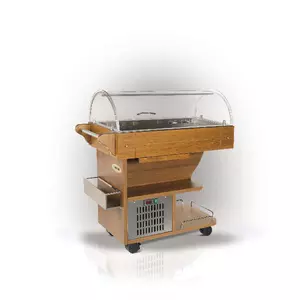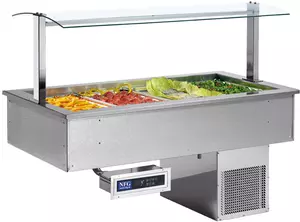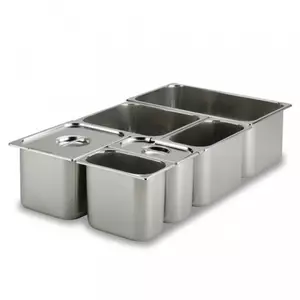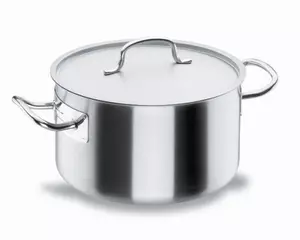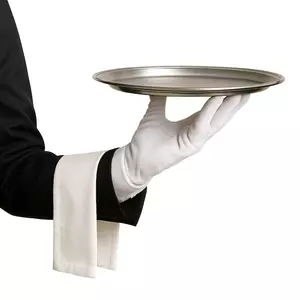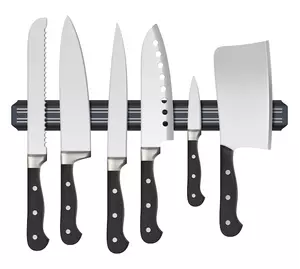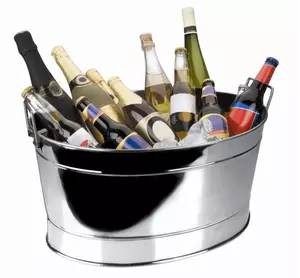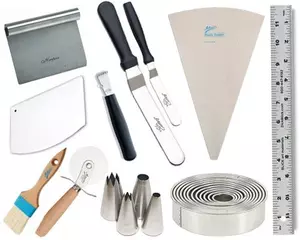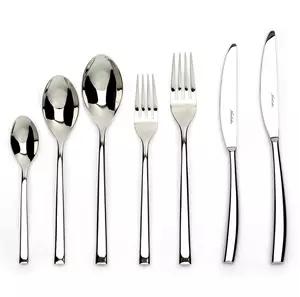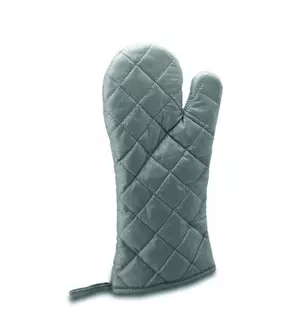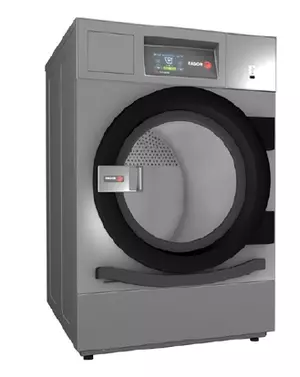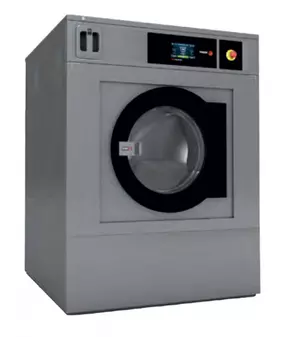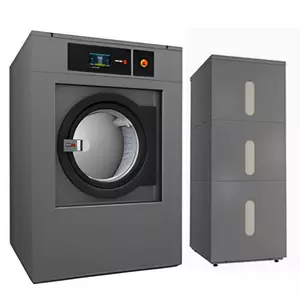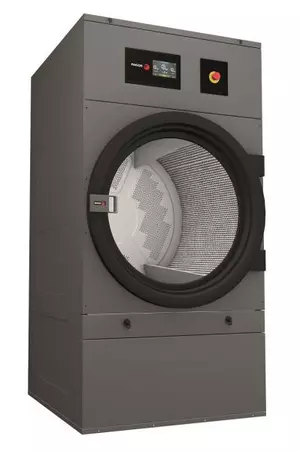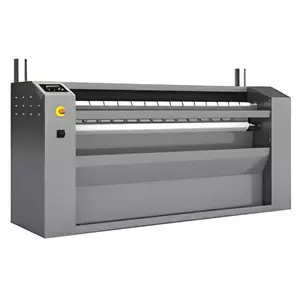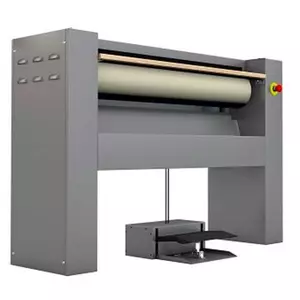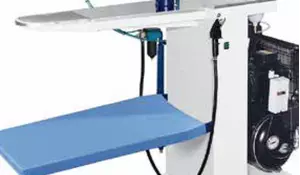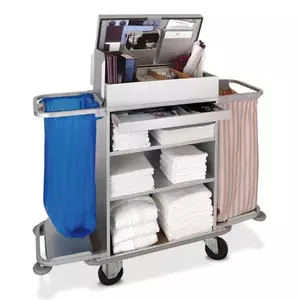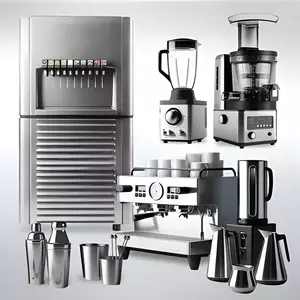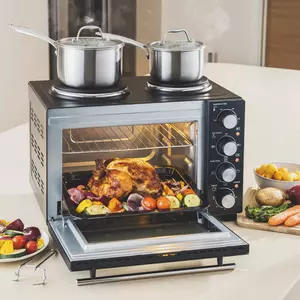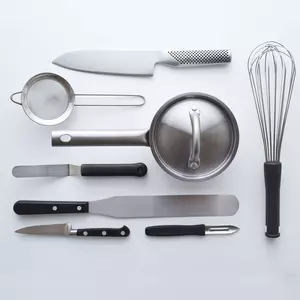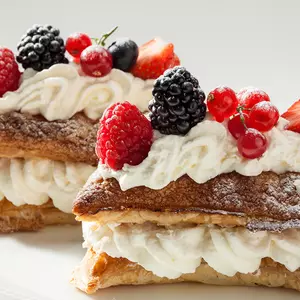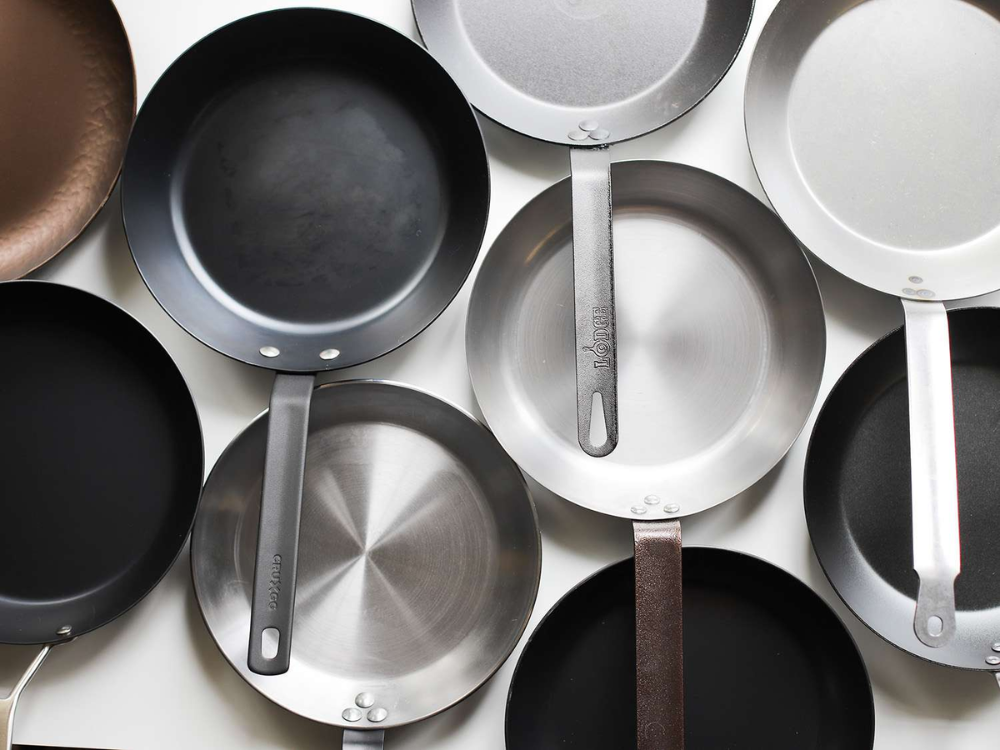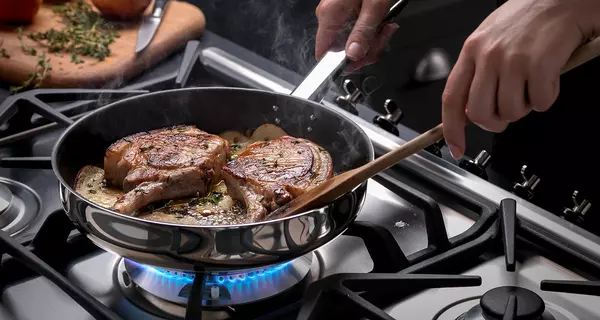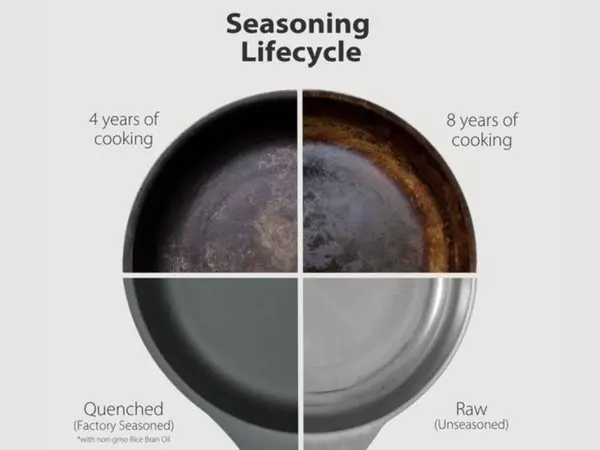How to Use and Professionally Care for Different Types of Frying Pans
If you haven’t yet chosen the right frying pan for your kitchen, make sure you’ve selected the ideal option based on material, size, coating and compatibility with your equipment. ➥ Read Part 1: How to Choose the Right Frying Pan?
Choosing the right pan is only the first step toward quality cooking. To preserve its functionality and longevity, you need to know how to use it correctly and maintain it properly. Here are some basic care guidelines for pans made from different materials.
1. Stainless Steel (Inox)
Usage:
- Preheat the pan before adding oil to prevent food from sticking.
- Ideal for high-temperature cooking, searing meat and making sauces.
Maintenance:
- Clean with warm water and mild detergent; avoid abrasive sponges.
- To remove burnt-on residue, use a paste of baking soda and water.
- Dishwasher-safe, but hand-washing will extend its lifespan.
2. 18/10 Stainless Steel
Usage:
- Perfect for professional kitchens; resistant to acidic foods and corrosion.
- When heated correctly, it distributes heat evenly.
Maintenance:
- Use specialized stainless-steel cleaners or a baking soda paste to preserve shine.
- Clean gently to avoid scratching the surface.
3. Iron (Seasoning)
Usage of Iron Pans
- Must be “seasoned” before first use: heat a thin layer of oil to build a natural nonstick surface.
- Excellent for frying and roasting; develops a distinctive flavor over time.
- A good choice for anyone needing a dietary iron boost.
Maintenance of Iron Cookware
- Never use soap—clean with hot water and a soft brush only.
- Dry immediately after washing and apply a thin coat of oil to prevent rust.
4. Cast Iron (Seasoning)
Usage of Cast Iron Pans
- Heat gradually to ensure even temperature distribution.
- Ideal for slow cooking, searing, and frying.
Maintenance of Cast Iron Cookware
- Season exactly like plain iron pans, since cast iron is an iron alloy.
- Clean only with water and coarse salt—abrasives can strip away the protective seasoning.
- Store in a dry place, lightly coated with oil to prevent moisture and rust.
5. Aluminium
Usage of aluminium pans:
- Heats up quickly but is not suitable for very high temperatures.
- Ideal for cooking foods that require short cooking times.
Maintenance of aluminium cookware:
- Do not use metal utensils—they can scratch the surface.
- Dishwasher use is not recommended, as detergents can damage the coating.
Difference in care between cast and anodized aluminium:
- Cast aluminium – clean carefully with a soft sponge and avoid harsh cleaners.
- Anodized aluminium – more scratch-resistant, but do not use abrasive cleaning agents.
6. Non-Stick Coatings (ILAG ULTIMATE, PPG™ Fusion Pro, PPG QuanTanium™)
Usage of non-stick coated pans:
- Cook at moderate heat—excessive temperatures can damage the coating.
- Use wooden, silicone, or plastic utensils to prevent scratches.
Maintenance of non-stick cookware:
- Clean with a soft sponge and warm water.
- Never use harsh detergents or metal scouring pads.
Proper pan care ensures longevity and optimal cooking performance. Whether you work with stainless steel, iron, cast iron, or aluminium, following the correct maintenance routines will keep your pans in excellent condition.
Investing in proper pan care is an investment in lasting quality.
At Tirol Professional, we offer premium professional frying pans that guarantee reliability and durability. Explore our collection of professional frying pans and discover your new favorite kitchen tool.
Interested in learning how to season cast iron and iron pans? In Part 3 of our series, you’ll find a step-by-step guide to the seasoning process for long-term care. ➥ Read Part 3 here.

